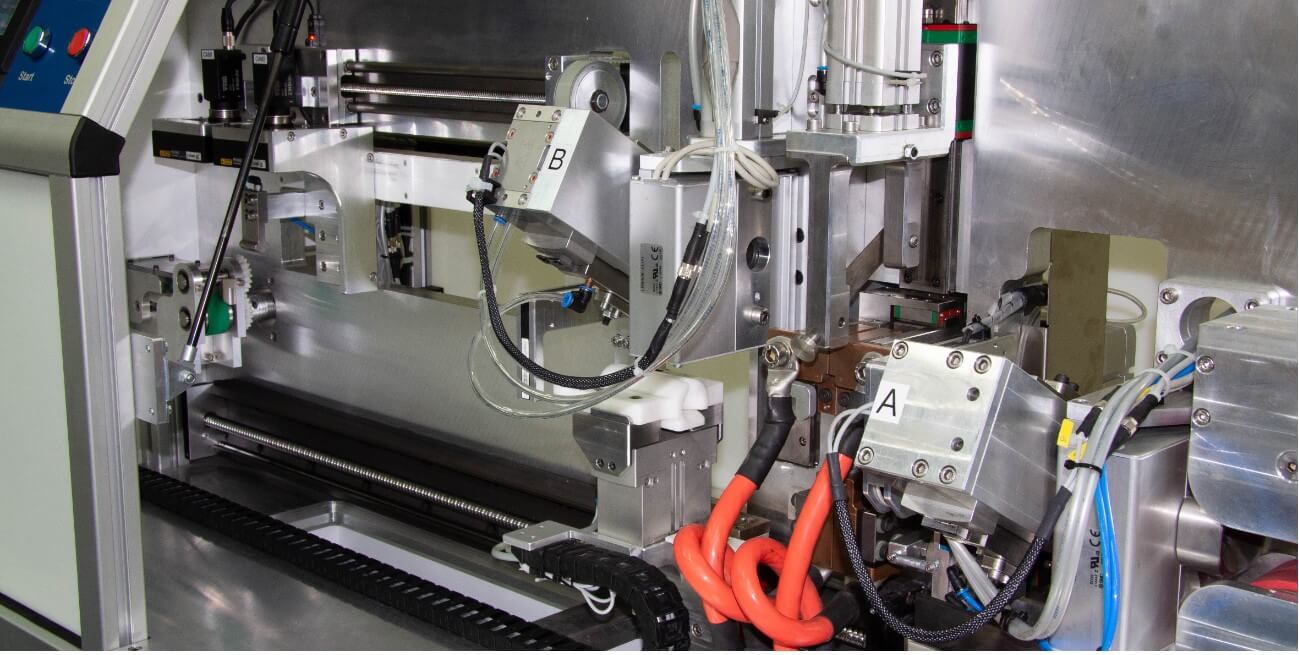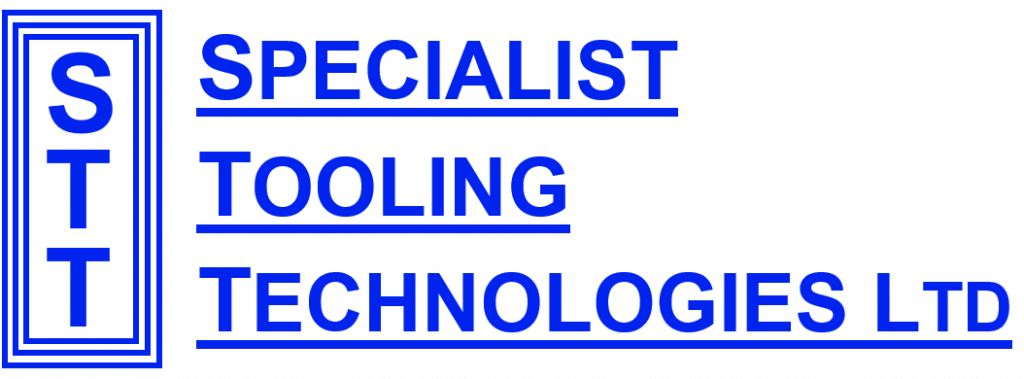Introduction
The landscape of manufacturing is evolving at an unprecedented pace, driven by advancements in automation and robotics. Among the key innovations ushering in this new era are automated XYZ glue gantries, which are transforming assembly lines across various industries. This article explores the functionality, advantages, and future implications of such technologies in modern manufacturing. By understanding how these systems work and their potential impact, stakeholders can make informed decisions about integrating these solutions into their production processes.
Understanding Automated XYZ Glue Gantries
Definition and Functionality
Automated XYZ glue gantries are robotic systems designed for precise application of adhesive materials in manufacturing processes. These gantries operate along three axes—X, Y, and Z—allowing for versatile movement and positioning of the adhesive application tool. The primary function of an XYZ gantry is to enhance production efficiency by automating the gluing process, which is traditionally labour-intensive and prone to human error.
The integration of sensors and software further enhances the functionality of these gantries, enabling them to monitor adhesive flow, adjust application speed, and ensure accurate placement. This level of automation not only speeds up production but also ensures consistent quality and reduces waste, making it a valuable asset in various manufacturing environments.
Key Components of XYZ Gantries
Key components of an automated XYZ glue gantry include the chassis, motion control system, adhesive dispensing mechanism, and sensor suite. The chassis provides the structural framework that supports the entire system, while the motion control system facilitates precise movement along the designated axes. The adhesive dispensing mechanism can vary based on the type of adhesive used, whether it’s liquid, gel, or foam.
Additionally, sensor technologies such as cameras and pressure sensors play a crucial role in monitoring the application process. These components work in synergy to ensure that the adhesive is applied accurately and consistently, making the gantries suitable for a wide range of applications, from electronics assembly to furniture manufacturing.
The Role of Festo Gantries in Modern Manufacturing
Overview of Festo Gantries
Festo is a renowned leader in automation technology, providing innovative solutions such as automated gantries that are pivotal in enhancing manufacturing processes. Their gantries are engineered with a focus on flexibility, allowing for easy adaptation to different production needs. With features such as configurable axes and rapid setup times, Festo gantries can be tailored for various applications, making them a preferred choice for many manufacturers.
By employing Festo gantries, companies can streamline their operations, improve throughput, and maintain high product quality levels. The company’s commitment to integrating advanced technologies, such as Industry 4.0 principles, further positions its gantries as essential tools in the transition towards smarter manufacturing environments.
Integration with Automated Systems
The integration of Festo gantries with other automated systems is a crucial factor in achieving a seamless manufacturing operation. These gantries can be connected with conveyor belts, robotics, and other machinery, allowing for a synchronized production line. This interoperability not only enhances efficiency but also enables real-time data sharing between systems, facilitating better decision-making and dynamic adjustments to the production process.
Moreover, software platforms that support these integrations often include advanced analytics capabilities, allowing manufacturers to monitor performance metrics, predict maintenance needs, and optimize workflows. This holistic approach to manufacturing automation creates an environment where continuous improvement is attainable.
Advantages of Automated Gantries
Increased Efficiency in Production
One of the primary advantages of automated gantries is their ability to significantly increase production efficiency. By automating the gluing process, manufacturers can achieve higher output rates compared to manual application. The gantries operate at consistent speeds, free from fatigue and variations in performance, which often accompany human labour.
Furthermore, the precise control afforded by automated systems reduces the time spent on adjustments and rework. Manufacturers utilizing automated gantries can also scale operations more effectively, accommodating larger production runs without compromising quality or efficiency.
Consistency and Quality Control
Consistency in product quality is another key benefit provided by automated XYZ glue gantries. Human error is a considerable factor in production variability, often leading to defects that can affect the final product’s performance. Automated gantries eliminate this inconsistency by applying adhesive uniformly and accurately, ensuring that each component receives the same treatment.
In addition to improving product quality, the consistent application of adhesives can optimize the overall performance and longevity of the final product. Manufacturers can rely on their automated systems to adhere to stringent quality standards, thereby enhancing their reputation and customer satisfaction.
Reduction in Labour Costs
Implementing automated gantries can lead to a significant reduction in labour costs. By automating tasks traditionally performed by workers, companies can decrease the number of personnel required on the assembly line. This reduction in workforce not only lowers payroll expenses but also allows existing staff to focus on higher-value tasks, such as quality inspection and troubleshooting.
Moreover, with fewer employees handling repetitive tasks, companies can benefit from reduced training and onboarding costs. As the manufacturing sector faces challenges in finding skilled labour, the integration of automation provides a viable solution to address labour shortages and rising costs effectively.
Challenges and Considerations
Initial Investment and ROI
Despite the numerous advantages of automated gantries, potential adopters must also consider the initial investment required for implementation. The cost of purchasing, installing, and configuring these systems can be substantial. While many manufacturers recognize the long-term benefits of automation, the upfront capital can be a barrier for small and medium-sized enterprises (SMEs).
To overcome this challenge, businesses should conduct thorough cost-benefit analyses to project the return on investment (ROI). By analysing production metrics, labour savings, and quality improvements, manufacturers can better assess the long-term financial benefits of integrating automated gantries into their operations.
Maintenance and Technical Support
Another key consideration when adopting automated gantries is the need for ongoing maintenance and technical support. While these systems are designed for durability, they require regular upkeep to ensure optimal performance. Manufacturers must develop maintenance schedules and invest in training for staff to handle minor repairs and routine checks.
Additionally, partnering with a reliable supplier, such as Festo, can provide access to technical support, spare parts, and updates on software that enhance system capabilities. Establishing a strong relationship with a technology provider can be instrumental in mitigating downtime and maximizing the longevity of the automated gantries.
The Future Landscape of Manufacturing
Trends in Automation Technology
The future of manufacturing is poised for significant advancements in automation technology. Trends such as the Internet of Things (IoT), artificial intelligence (AI), and machine learning are increasingly influencing how factories operate. Automated systems are becoming smarter, with the ability to learn from data and adapt to changing production needs dynamically.
As these technologies converge, manufacturers will likely see further improvements in efficiency, quality, and productivity. The trend is moving towards more interconnected systems that not only automate processes but also provide valuable insights that drive continuous improvement and innovation.
The Impact on Workforce Dynamics
As automation becomes more prevalent, the dynamics of the manufacturing workforce will inevitably shift. While the integration of automated gantries and related technologies may result in reduced demand for certain low-skilled positions, it will also create new opportunities in areas such as programming, maintenance, and system management.
Conclusion
Summary of Key Points
Automated XYZ glue gantries represent a significant advancement in manufacturing technology, enabling companies to enhance efficiency, consistency, and quality control while reducing labour costs. Festo gantries, in particular, provide flexible and integrative solutions that can adapt to various production environments. Despite the challenges associated with initial investments and ongoing maintenance, the long-term benefits of automation are undeniable.
As trends in automation technology continue to evolve, manufacturers must remain agile, embracing the opportunities that come with these advancements while also addressing the implications for their workforce. The future of manufacturing lies in the successful integration of human expertise with cutting-edge technology, paving the way for smarter, more efficient production systems.
FAQs
What is an automated XYZ glue gantry?
Automated XYZ glue gantries are robotic systems designed to apply adhesives with precision in manufacturing settings, operating along three axes to enhance production efficiency.
How do Festo gantries contribute to manufacturing?
Festo gantries provide flexible automation solutions that improve production efficiency, ensure consistent quality, and can be easily integrated with other automated systems.
What are the key advantages of using automated gantries?
Key advantages include increased production efficiency, enhanced quality control, reduced labour costs, and the ability to scale operations effectively.
What challenges come with implementing automated gantries?
Challenges include the initial investment costs, the need for ongoing maintenance, and the potential impact on workforce dynamics.
What trends are shaping the future of manufacturing?
Trends such as IoT, AI, and machine learning are transforming manufacturing by creating smarter, interconnected systems that optimize operations.




